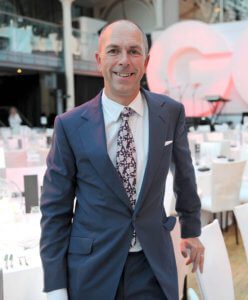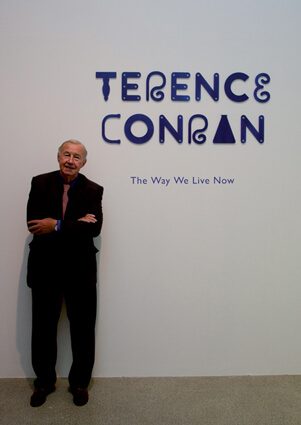
By Dylan Jones
A LUX x ROSEWOOD COLLABORATION

Dylan Jones
I remember the very first time I met Jonathan Ive [Apple’s chief design officer], 15 years ago, at the old Design Museum near London’s Tower Bridge. It was a winter’s evening and we were sipping entry-level sauvignon blanc and eating overly complex finger food as we stared across the Thames and compared notes on how our respective companies were working together.
Follow LUX on Instagram: the.official.lux.magazine
We were talking about the need for creatives to work more collaboratively with those in the emerging tech sector, and, obviously, why it was imperative that ‘tech-heads’ (his term, not mine), should seek out more creatives. A decade and a half later, the penny finally seems to be dropping.
I have long been involved in discussions with creatives about how the big tech companies still think they can get away with treating content providers like serfs, but not only does this situation look as though it is slowly changing, but also it seems that far more people in tech are now reaching out to the creative industries. Not because they still desperately need content, but more importantly because they understand that in order to build long-standing editorial propositions, it is vital for both sectors to work hand in hand. Which means that the creative sector as a whole needs to be more responsive, and perhaps even more proactive in reaching out to tech, in order to start building for the future. It is no use pitching editorial against delivery systems, as they both need each other, more so now than at any time in the past.
Almost unbelievably, there are still those on both sides of the divide who think that one can work without the other. But more fool them. The future is bright and the future is exciting and the future is right here under our noses, but there is little point in trying to embrace it alone.
Six ways to get creative:
1. Build a proposition that partners can co-own.
2. Never clip your own wings.
3. Be transgressive as well as transformative.
4. Listen more.
5. Ask more questions.
6. Own the data.
Dylan Jones is the editor in chief of British GQ and menswear chairman of the British Fashion Council.
This article was originally published in the Winter 2019 issue.














Recent Comments